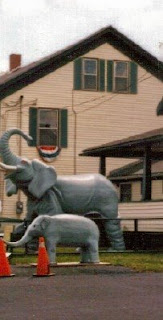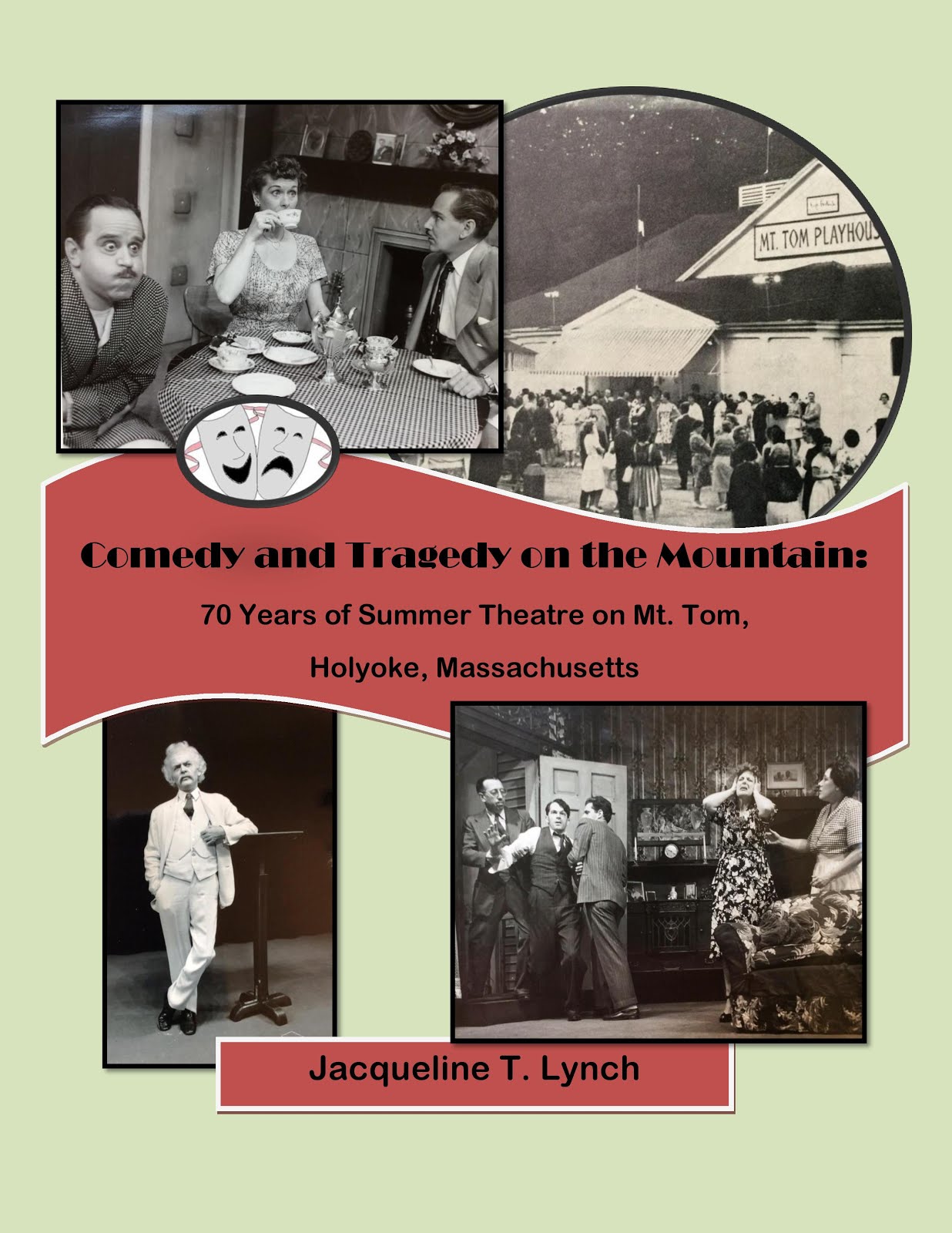
As you can see by the photo above taken in Charlestown, New Hampshire, it’s not always about Colonial battle sites or the spot of the high water mark in the last flood, or even about where George Washington might have or might not have slept. Sometimes, every once in a while, the road markers are about baseball.
The hometown of Carlton “Pudge” Fisk, who played catcher for the Red Sox (any other teams he played for are irrelevant), who is inducted into the Baseball Hall of Fame, and who is probably most fondly remembered by Red Sox fans for one anxious moment of attempting to fan a homerun ball into fair territory with his failing arms, decided to plunk a sign down to let the world know he went to the grammar school in the front of which this sign is posted. Well, not the world maybe, but at least the people driving down this road. If you drive down this road, stop and have a look at this sign, and maybe get somebody to take your picture standing by it. It is historical. The sign says so.
Been there? Done that? Went to school here, too? Let us know.
Friday, June 27, 2008
Pudge Fisk Historical Marker
Posted by
Jacqueline T. Lynch
at
7:33 AM
0
comments
![]()
Labels: 20th Century, New Hampshire, sports
Tuesday, June 24, 2008
Gloucester - Fisherman's Memorial

It is often regarded as the most dangerous occupation in America. Commercial fisherman have fed us since the earliest days of settlement on this continent, which for Gloucester, Massachusetts, site of this famous statue, The Fisherman’s Memorial, began in 1623. Explorer Samuel de Champlain’s visit in 1606 makes it, as it is lauded today, America’s oldest seaport.
Thousands upon thousands of fishermen from just this one port of Gloucester have lost their lives in the course of their daily work from that time until this. Each year in Gloucester, the roll of those lost at sea is read. Sculptor Leonard Craske has given us a simple yet dramatic figure of the man at the wheel, peering under his sou’wester, looking out to see, hopeful and wary at the same time. The statute makes an appearance in the film “A Perfect Storm” (2000), and a replica of it appears in “Captain’s Courageous” (1937).
For more on the history of Gloucester, Massachusetts, have a look at this website.
Been there? Done that? Eaten Gorton’s frozen fish? Recognize the logo? Let us know.
Posted by
Jacqueline T. Lynch
at
7:26 AM
2
comments
![]()
Labels: 17th Century, 20th Century, art, Massachusetts, monuments, movie locations
Friday, June 20, 2008
Mystic Seaport

Peek around the corner at Mystic Seaport, and the world changes. Suddenly, the masts and spars of tall ships. Suddenly, the sound of the measured clop of the horses pulling a surrey.
Along the Mystic River in Mystic, Connecticut the commercial sailing ships of generations of seamen were built, from the late 18th century to the early 20th, when steam and diesel took the wind out of our sails. A few businessmen got together just as the Great Depression brought more hard times to weather, and created the maritime museum that eventually became Mystic Seaport, a re-created 19th century coastal village.
The world’s largest collection of maritime photography are housed here, the replica schooner “Amistad” was built here, and the last American wooden whaling ship, the Charles W. Morgan waits for you to trod upon its decks.
For more on Mystic Seaport, have a look at this website.
Been there? Done that? Bought the T-shirt? Let us know.
Posted by
Jacqueline T. Lynch
at
7:32 AM
0
comments
![]()
Labels: 19th century, 20th Century, Connecticut, museums
Tuesday, June 17, 2008
Friday, June 13, 2008
Cape Cod Windmills

Since the 1600s, windmills have been providing power on Cape Cod, mainly to grind corn into meal. By the 1800s, windmills were used in the flourishing salt industry. The power they created from wind pumped water into storage tanks. Left standing to evaporate, the salt which remained after the sea water evaporated was a valuable commercial product.
At least until salt mines were discovered in the western United States, and the New England seacoast salt industry, powered by the windmill, collapsed.
Today there are new uses for wind power and a new drive on the Cape to employ modern windmill technology. Not without much controversy, the new interest in wind power illustrates how old ideas have a way of coming around and around.
For more on modern windmill efforts, have a look at this website.
Posted by
Jacqueline T. Lynch
at
7:35 AM
0
comments
![]()
Labels: 17th Century, 19th century, 21st Century, agriculture, business, Massachusetts
Tuesday, June 10, 2008
Perry's Nut House - Belfast, Maine

Up on Route 1A in Belfast, Maine, you see the above landmark called Perry’s Nut House. Back in the day when pleasure trips by auto were new and roadside businesses sometimes had a PT Barnum-like quality to them, Perry’s attracted seekers of snacks and fudge from the likes of Eleanor Roosevelt. Probably on her way back from Campobello, she may have needed a fudge fix, and a laugh.
The elephants in this shot are no longer on the premises, but though Perry’s may change a bit under new management and as the years pass, its legacy as one of Maine’s earliest and most folksy tourist traps remains.
For more on Perry’s Nut House, have a look at this website.
Been there? Done that? Waited in line for your fudge behind Eleanor? Did she take a long time to decide? Let us know.
Posted by
Jacqueline T. Lynch
at
7:35 AM
0
comments
![]()
Labels: 20th Century, 21st Century, business, Maine, popular history
Friday, June 6, 2008
Betsy's Diner - Falmouth, Mass.

The above photo shows Betsy’s Diner on Main Street in Falmouth, Mass. Comfort food, in a vintage 1950s diner, and tunes on the table.
Stick to your ribs breakfast on a cool morning, listening to quiet observations on the weather or maybe some gossip from the counter seating, or the booth behind you. Like mom’s house, only better. Mom tends to change her décor and throw out your old comic books. Betsy’s is stuck in a time warp, in that happy place in your mind when it was okay to stuff yourself silly because people in other parts of the world were starving and you had to clean your plate. As if one thing had to do with the other.
No worries about calories, or cholesterol. No sophisticated cuisine. Ketchup on your eggs, go ahead. It’s nobody’s business but your own.
Posted by
Jacqueline T. Lynch
at
7:25 AM
0
comments
![]()
Labels: 20th Century, 21st Century, diners, Massachusetts
Tuesday, June 3, 2008
The Towers - Narragansett, Rhode Island

The photo above shows The Towers, the last remnant of the gateway to the old Narragansett Casino of the 19th Century elite.
The Gilded Age landmark, built in the 1880s, was burned in a 1900 fire. The Towers remains, restored, and on the US National Register of Historic Places. Take a ride down Ocean Road in Narragansett, Rhode Island, or park the car and stroll under the imposing Victorian arch.
For more information on The Towers, have a look at this website.
Been there? Done that? Let us know.
Posted by
Jacqueline T. Lynch
at
7:47 AM
0
comments
![]()
Labels: 19th century, Rhode Island







